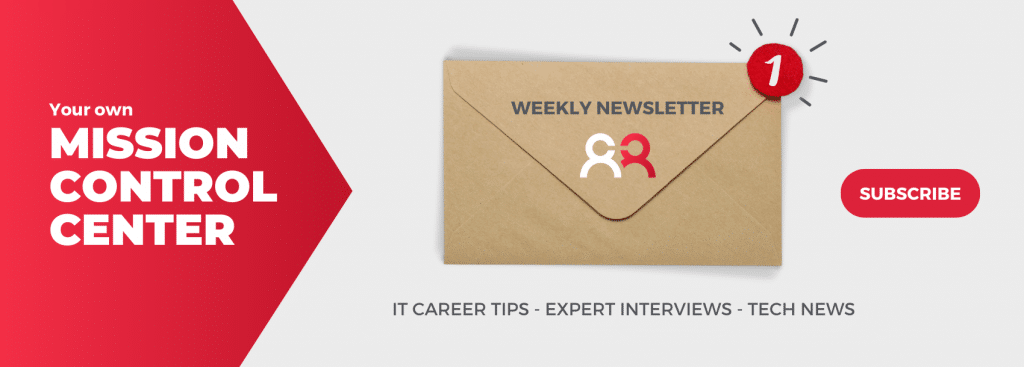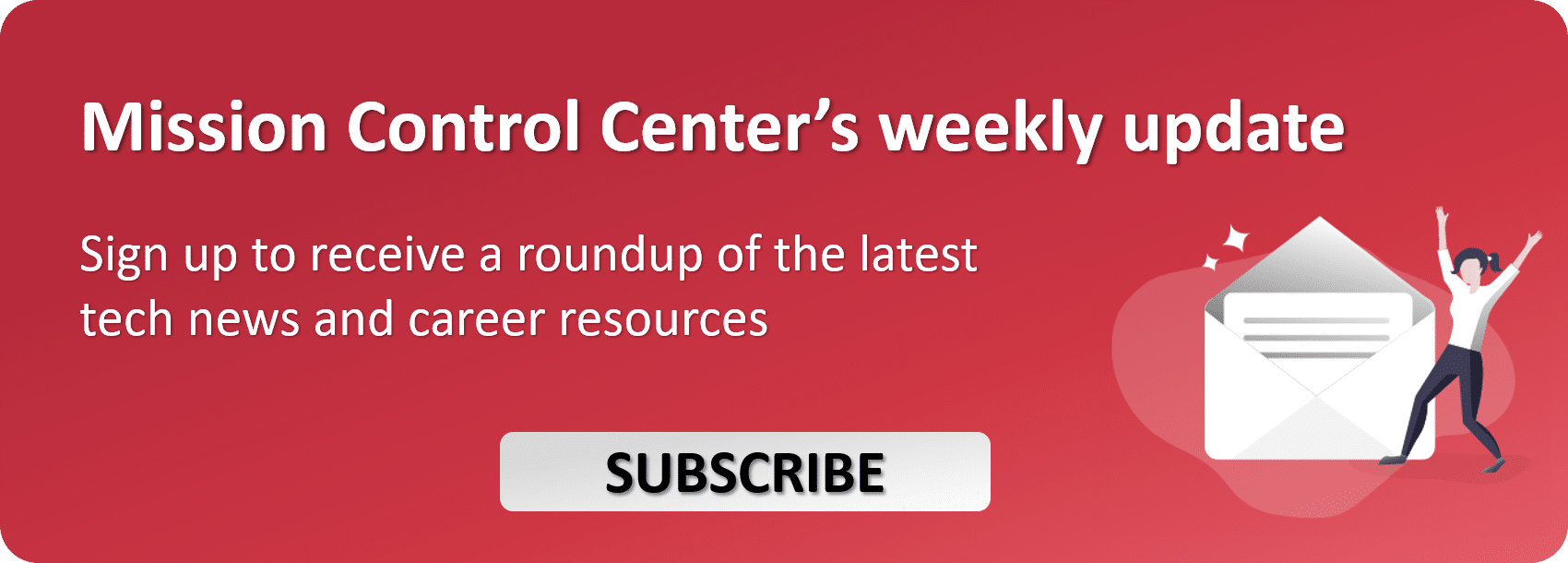Tracking down the untrackable; News Windows virtual desktop features,; How old is an old dev; Confronting the new data reality… Discover the weekly Tech & IT news.
Tracking Down the Untrackable
What can be worse than crushing your personal record and not being able to brag about it to your friends online?
Well, how about, for example, a ransomware attack.
If you are a fitness lover or know someone who fits into this category, chances are you have already heard about the Garmin hack.
The American GPS and smartwatch maker was down for almost three days, its data and services held hostage for a ransom of $10m. As a result, users were unable to sync their devices with Garmin’s ecosystem of apps.
Evil Corp, a Russian hacking group behind a recent string of attacks on U.S. companies, is thought to be responsible for the incident.
Discover our interview: A Career in Data Science: Unlocking The Power of Data with AI
New Windows Virtual Desktop features
With the current pandemic, being able to deliver a secure Windows 10 desktop experience to remote workers has become a must for many companies.
First introduced under public preview, the Virtual Desktop updates are now generally available.
The new, now-polished features include:
- Azure portal integration and role-based access control (RBAC)
- Scalable user management via the Azure Active Directory (Azure AD)
- Monitoring logs now stored in Azure, for quicker troubleshooting and analysis
- A/V redirect for Microsoft Teams

How old is an old dev?
Unfortunately, age discrimination remains an issue in most industries and professions.
Whereas experience was once unanimously revered and treasured, our fast-paced society often tends to see older professionals as necessarily outdated. Rather than being the exception, IT is one of those areas in which the gap is even wider.
In a short paper published earlier this year, software engineering students went through popular online articles and related discussions on Hacker News to analyze how the media portrays the employability of older developers.
“Too old to be a developer” seems to be a common theme.
Discover our interview: How To Code Well: Taking Breaks and Other Pieces of Timeless Career Advice

Confronting the new data reality
European data watchdogs aren’t wasting any time.
Shortly after the European Court of Justice stroke down the Private Shield dataflow agreement between the U.S. and the E.U., the European Data Protection Board warned there will be no regulatory grace period.
Companies relying on the cross-Atlantic flow of data to conduct operations and sell products and services will have to adapt; and fast.



























